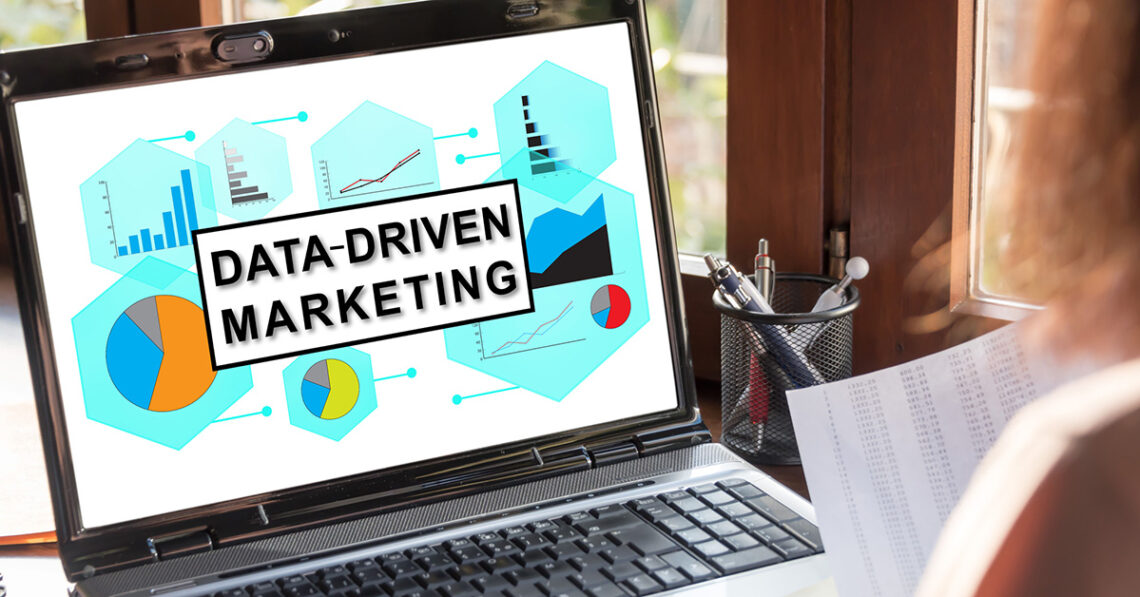
Harnessing Data-Driven Marketing for Strategic Campaign Success
In today’s marketing world, if you’re not using data to guide your decisions, you’re already falling behind your competition. Gone are the days of launching campaigns and hoping for the best. Now, data-driven marketing is the secret sauce that takes your strategies from “fingers crossed” to fully optimized.
But here’s the thing — it’s not just about having data; it’s about knowing how to use it. It’s easy to get overwhelmed by endless metrics and numbers, so today, we’re going to dive into how to master data-driven marketing without losing your mind.
What Does “Data-Driven” Really Mean?
When we talk about data-driven marketing, it’s essentially making smarter, informed decisions based on actual numbers rather than guesswork. It’s about turning analytics into insights and insights into action. It allows you to create marketing campaigns that speak to the right people, at the right time, with the right message — maximizing every dollar spent.
Sounds great, right? But how do you make it happen?
Step 1: Set Clear Goals and Track the Right Metrics
First things first, data is only useful if it’s tied to a goal. Whether you’re aiming to grow brand awareness, boost website traffic, or increase conversions, you need to know what you’re working toward. Once you have a goal, you can figure out which metrics matter most.
For example, if you want to increase website traffic, you’ll want to track metrics like organic search traffic, referral sources, and your bounce rate. If conversions are your game, you’ll be more interested in tracking landing page performance, click-through rates, and conversion rates.
It’s super tempting to track all the things, but try to focus only on the metrics that matter most to your goals. This will keep your campaigns targeted and your data manageable.
Pro Tip: Use tools like Google Analytics or HubSpot to pull in these metrics quickly and efficiently. They give you a clear breakdown of what’s working and what isn’t.
Step 2: Know Your Audience Inside and Out
One of the biggest benefits of data-driven marketing is the ability to create more personalized, targeted campaigns. But you can’t do that if you don’t know who you’re talking to.
Dig into the demographics, behaviors, and interests of your audience. This is where customer segmentation comes into play. Segmenting your audience into smaller, more defined groups allows you to send tailored messages that resonate on a deeper level.
For example, if you’re running an email campaign, you don’t want to send the same email to your entire list. Instead, break it down by customer behavior — like purchase history or engagement levels. A customer who frequently buys from your business should get a different message than someone who hasn’t opened an email from you in months.
Step 3: Test, Test, and Test Some More
Data-driven marketing strategies rely heavily on experimentation. That’s where A/B testing comes in. Not sure which subject line will get more opens? A/B test it. Wondering if changing your call-to-action button will boost conversions? Test that, too!
Testing allows you to tweak your campaigns based on real data rather than assumptions. It takes the guesswork out of decision-making and ensures you’re always moving in the right direction. Plus, it’s just fun to see what tiny changes can drive huge results!
When you start testing, don’t just stop at the first round. Continuous testing is key to refining your approach. The more you test, the better your marketing becomes — it’s as simple as that.
Step 4: Turn Insights Into Action
Okay, so you’ve collected all this great data. Now what? This is where many marketers get stuck, but it’s crucial to take those insights and turn them into actions.
Look for patterns and trends. Maybe you notice that your organic traffic is significantly lower than your paid traffic. What does that tell you? Maybe your SEO needs some love. Or maybe your paid search campaigns are killing it, and it’s time to double down on ad spend.
The key is to not just collect data for the sake of it. It’s about using that data to fine-tune your marketing strategies, increase efficiency, and drive better results. Marketing tools that leverage generative AI are making this process even more efficient, allowing marketers to analyze large datasets quickly and turn them into actionable insights.
Step 5: Monitor, Adjust, Repeat
Once your campaign is live, don’t just set it and forget it. One of the biggest advantages of data-driven marketing is the ability to adjust on the fly. Monitor your performance regularly, look for trends, and make adjustments as needed.
If something’s not working, it’s okay to pivot. In fact, that’s exactly what data is there for. It helps you catch mistakes early and optimize for better performance — before your budget is blown.
At the end of the day, the more you rely on data to inform your decisions, the more effective your marketing becomes. It’s not about having all the answers upfront; it’s about constantly improving and fine-tuning your approach.
Data-driven marketing strategies give you the power to make smarter decisions and get better results, faster. Whether you’re working with a tight budget or have unlimited resources, using data allows you to maximize your impact with every campaign.
By setting clear goals, knowing your audience, testing everything, and turning insights into action, you can create smarter, more successful marketing strategies that drive real growth. And honestly, there’s nothing more satisfying than seeing those numbers move in the right direction.




